Christopher Menz
Michel Roux: The Collection by Michel Roux & A Lifetime of Cooking, Teaching and Writing from the French Kitchen by Diane Holuigue
by Christopher Menz •
My Umbrian Kitchen by Patrizia Simone with Caroline Pizzey
by Christopher Menz •
The Cookbook Library: Four Centuries of the Cooks, Writers, and Recipes That Made the Modern Cookbook by Anne Willan, Mark Cherniavsky, and Kyri Claflin
by Christopher Menz •
Unexpected Pleasures: The Art and Design of Contemporary Jewellery by Susan Cohn
by Christopher Menz •
Visions Past and Present: Celebrating 40 Years by Christopher Menz
by Jane Clark •
The initial idea was for a new front door at the National Gallery of Australia. At least that is how Ron Radford, director of the Gallery, presented it to the one thousand or so guests in his remarks at the official opening of Andrew Andersons’ and PTW Architects’ Stage One ‘New Look’ at the NGA on Thursday, 30 September. Clearly, for the money involved and ...
Victorian Visions: Nineteenth-Century Art from the John Schaeffer Collection by Richard Beresford
by Christopher Menz •
Heysen to Heysen: Selected Letters of Hans Heysen and Nora Heysen by Catherine Speck
by Christopher Menz •
Ars Sacra: Christian Art and Architecture of the Western World from the Very Beginning up Until Today edited by Rolf Toman and Thomas Paffen
by Christopher Menz •








